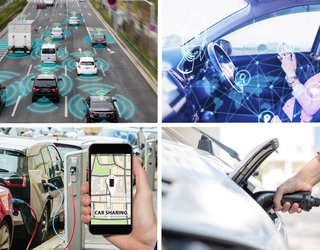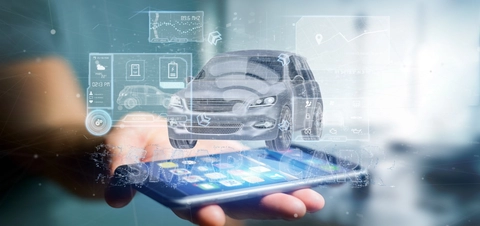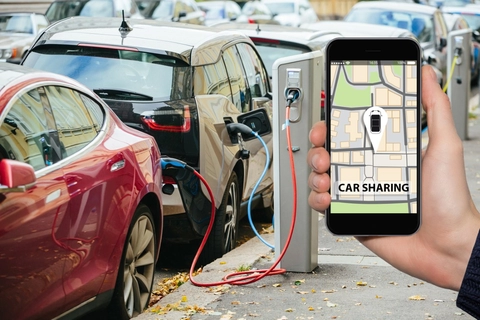
Connected. Autonomous. Shared. Electrified
contact us


We are often asked, “How does MacDermid Alpha Electronics Solutions help automotive manufacturers implement CASE projects”? Well, circuitry, semiconductors, joining technology and surface treatments are a critical factor in automotive design. Our innovative processes help engineers overcome technology challenges. Here are some examples.
By 2030 50% of all passenger vehicles will be hybrid or battery powered. The driving force for these changes are emissions reductions to meet global warming reduction targets. But vehicle electrification is not the only revolutionary change. Increased levels of autonomy, connectivity and car sharing will influence future vehicle design.
MacDermid Alpha Electronics Solutions helps automotive manufacturers implement CASE projects.

Our knowledge of the electric vehicle market shows that range continues to be a key challenge. Adding greater battery capacity not only raises the cost of the vehicle but also adds weight. There is a delicate balance between improving the energy density of a battery and limiting vehicle performance.
This is why at MacDermid Alpha Electronics Solutions we believe that range, coupled with power and reliability are the keys to achieving this balance. For instance, our technology enhances power conversion of traction inverters. This is achieved through lower electrical resistance and higher reliability of the die bond to the leadframe and heat sink. Additional benefits of this are improvements in power density and more power cycles. These improve component reliability.
You can read more about this in our recent article published in Electric and Hybrid Vehicle International.

These need circuity that withstands both harsh weather conditions and constant use. For example, there are similarities in the tiny smartphone PCBs to those in vehicle cameras. The big difference is that cameras for cars are in continuous use. Advanced circuitry and joining technology can improve component consistency and extend product life. This gives designers confidence that components will have a much higher level of reliability. The added value is reduced servicing or replacement costs for ADAS associated components.
Recently we participated in an IPC event on automotive electronics. Our paper, Addressing the changing landscape of automotive electronic designs: Improving performance and robustness through proper material choice’, was extremely well received. it addressed 3 key factors:
Request a copy:
.
This is an interesting topic with both longer term and more immediate issues. Replacing mechanical switches with touch sensitive and fully integrated displays is already being implemented.

The advantages of this are space and weight saving. But an immediate benefit is a more sanitized surface. This eliminates the need for dust-trapping bevel edging. This issue barely registered with consumers pre-COVID. Along with Advanced Textiles, we created an article which reviewed these concepts.
If you have a CASE based project that would benefit from using our technology, please don’t hesitate to contact us today.